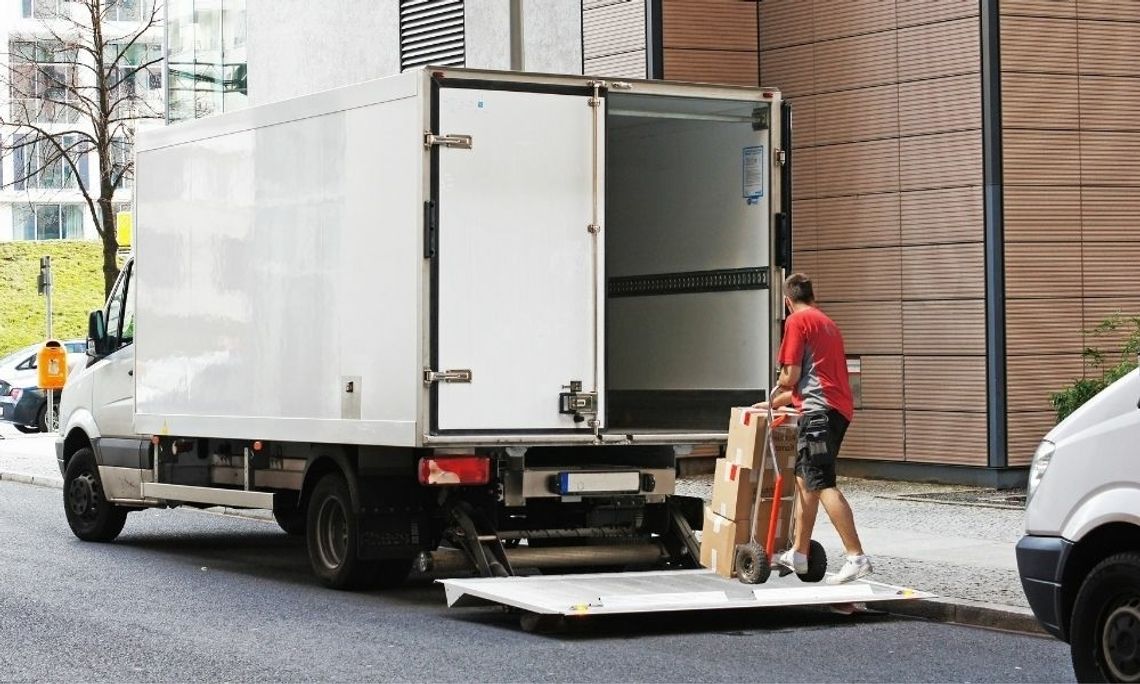Box trucks look like simple, straightforward vehicles, but you must consider many variables when selecting one. Don’t just take the word of a dealer trying to move something off their lot. Use these tips for purchasing a box truck so it suits your business.
Strategize Size
Just because you’ve bought a certain model before doesn’t mean it’s the right choice now. Your business might be growing, and your needs have changed. Or you might want to
diversify your fleet. Think carefully about what you’ll be hauling so you can base your decision on size. The most common box trucks have a cargo area between 14 and 24 feet. If your cargo will be either extremely light or very heavy, ensure that you select the proper truck.
Know Your Cabs
What kind of driving will you be doing? Long-distance or local? Open road or tight spaces? Choosing the right cab is essential for making a driver’s life easier. Here are your options:
- High cab: If your truck will travel long distances on highways, you’ll want a conventional high cab located behind the engine. It’s better for seeing farther ahead and it’s more comfortable for extended periods. It’s also safer.
- Low cab: With the cab in front of the engine over the front axle, it’s easier to see and maneuver in smaller areas. The flat nose decreases the size of the overall truck. If you’ll be working with smaller loading dock areas, this will make a difference.
Evaluate Lighting
If you’ll be moving cargo at night, don’t ignore features that will increase efficiency and safety. Check out the interior lighting at night, so you’re confident it will meet your needs. Being able to locate the right cargo boxes is as critical as getting to the destination. If you’ll be hauling during the day, you should be able to depend on a translucent ceiling to provide natural light inside.
Remember Dock Access
One of the best tips for purchasing a box truck is to remember that it has to line up with delivery docks. If you’ll be delivering dock-high, a roll-up rear door is key. A swing-out door can’t open without enough leeway. And your chassis wheels enter the equation as well. Lighter trucks usually have 19.5-inch tires, which means they’re too low to the ground for dock-high unloading.


Comment
Comments